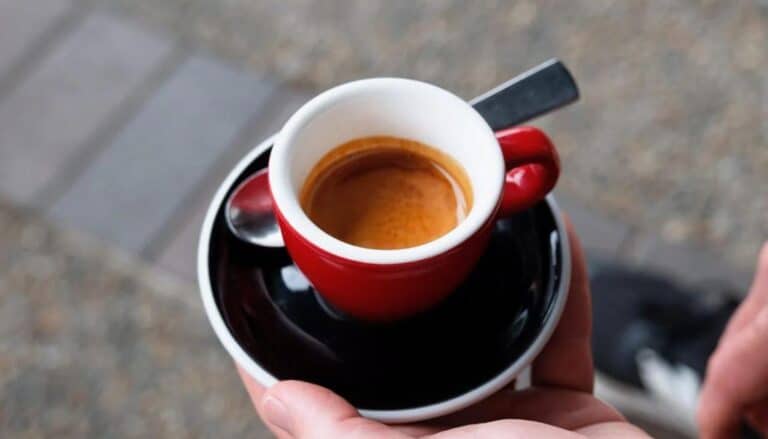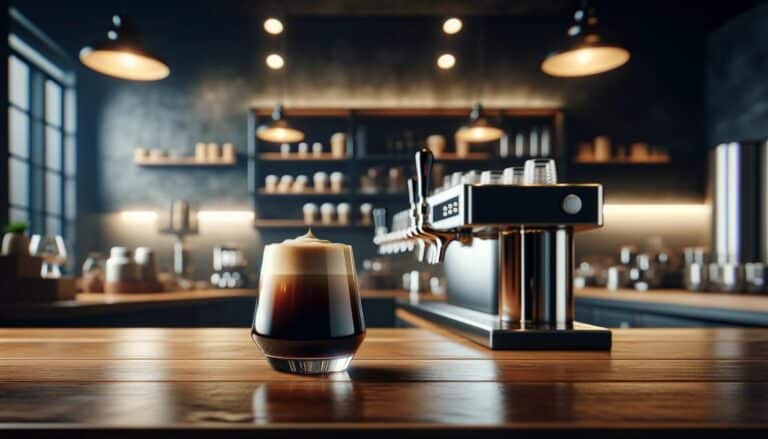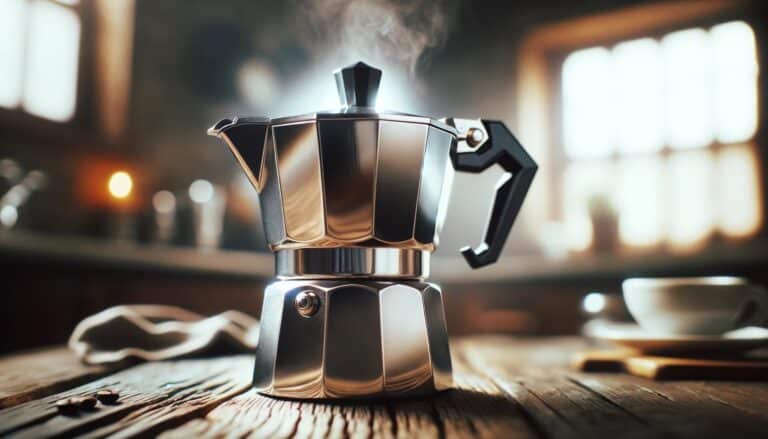People around the world love coffee for its rich flavors and energizing effects. But, did you know that coffee beans go through a special transformation called roasting before they end up in your cup? This process turns raw, green beans into the dark, aromatic ones we enjoy. Roasting coffee is both an art and a science. Let’s dive into the world of coffee roasting and find out how to make extra dark roast coffee.
What is Coffee Roasting?
Roasting coffee means heating up the beans to bring out their best flavors and smells. When people pick coffee beans, they are actually green and smell grassy, without any of the coffee flavors we adore. The roasting process is what changes everything. This is when the beans get their color, size, and flavor, turning into the brown coffee beans we know. Roasters use special machines to heat the beans, making sure the temperature and timing are just right to get the perfect roast level. This not only makes the beans darker but also develops their flavor profiles, making our daily coffee delicious.
The Journey to Extra Dark Roast
Making extra dark roast coffee takes the roasting process a step further, moving beyond the usual dark roast. The beans get a very dark brown color and shiny look from oils appearing on their surface as they roast longer. This extra time in the heat changes the flavor, making the coffee bold, rich, and for many, the perfect taste of coffee.
Extra dark roast coffee is not just about getting a darker bean; it’s about exploring the limits of roasting to pull out deep, intense flavors. The beans lose more moisture, become denser, and a bit brittle, ready to give us a strong coffee experience. People who enjoy a powerful, less acidic cup of coffee with strong roasted flavors prefer this roast level. It shows the roaster’s skill, as they need to precisely control the process to avoid burning the beans while bringing out their richest, boldest tastes.
As we dive into extra dark roast coffee, we’ll not only discover its bold flavor but also learn how to brew it perfectly and even match it with foods to make your coffee experience better. The journey from a green bean to an extra dark roast is an exciting adventure, full of flavor, smell, and a bit of roasting magic.
What is an Extra Dark Roast Coffee?
Extra Dark Roast Coffee is characterized by beans that are roasted until almost black, producing a coffee with pronounced bitterness and smoky flavors, and less acidity. The extended roasting process slightly reduces the caffeine content compared to lighter roasts. These coffees, also known as French, Italian, or Spanish Roasts, are favored for their bold flavors and are commonly used in espresso blends.
The Basics of Extra Dark Roast Coffee

Diving into the world of coffee roasts can be like exploring a vast flavor landscape, where each roast level offers a unique taste and experience. At the far end of this spectrum lies the extra dark roast coffee, a category that stands out for its boldness and intensity. Let’s break down what extra dark roast coffee really is and how it sets itself apart from its lighter counterparts.
Definition of Extra Dark Roast
Extra dark roast coffee is a type of coffee that has been roasted longer than most other types, reaching an internal bean temperature typically between 464°F to 482°F (240°C to 250°C). At this level, the beans take on a very dark brown color, almost black, and a sheen of oil coats their surface. This roast is often referred to by names like “French roast,” “Italian roast,” or “espresso roast,” though the exact definitions can vary slightly among roasters.
The flavor of extra dark roast coffee is characterized by a pronounced bitterness, with the original flavors of the bean taking a backseat to the flavors developed through the roasting process. The coffee’s acidity is significantly reduced, and the body is often described as heavy or full, with a creamy, velvety mouthfeel. The aroma is robust, filled with notes of dark chocolate, smoke, and sometimes a charred woodiness, reflecting the intense roasting process.
How It’s Different from Lighter Roasts
Comparing extra dark roast coffee to its lighter roasted counterparts illuminates a world of difference, primarily in flavor, aroma, and acidity. Here are a few key distinctions:
- Flavor Profile: Lighter roasts tend to preserve more of the bean’s original flavors, which can range from fruity to floral, depending on the coffee’s origin. These roasts have a higher acidity, contributing to a brighter, more vibrant cup. In contrast, extra dark roasts offer deep, smoky flavors with a significant reduction in acidity, leading to a bolder, richer cup that emphasizes the taste of the roast itself over the bean’s inherent flavors.
- Aroma: While lighter roasts might exude a more complex array of aromas due to the preserved origin characteristics, extra dark roasts have a more straightforward, intensely roasted smell. The aroma of an extra dark roast is powerful and can often remind one of burnt sugar or smoky wood, a direct result of the extended roasting time.
- Acidity and Body: Lighter roasts are known for their pronounced acidity, which can lend a certain brightness to the cup. Extra dark roasts, however, have much lower acidity, which can make the coffee feel smoother or less “sharp” on the palate. The body, or mouthfeel, of extra dark roast coffee is also markedly different; it’s fuller and more viscous, often described as creamy or velvety, compared to the lighter and sometimes more delicate body of lighter roasts.
In summary, extra dark roast coffee is for those who love their coffee bold, rich, and unapologetically intense. It’s a testament to the roaster’s art, pushing the beans to their flavorful limits while offering a coffee experience that’s as robust as it is memorable. Whether you’re drawn to its deep, smoky flavors or its velvety texture, extra dark roast coffee is a category that commands attention and respect in the coffee world.
The Roasting Process
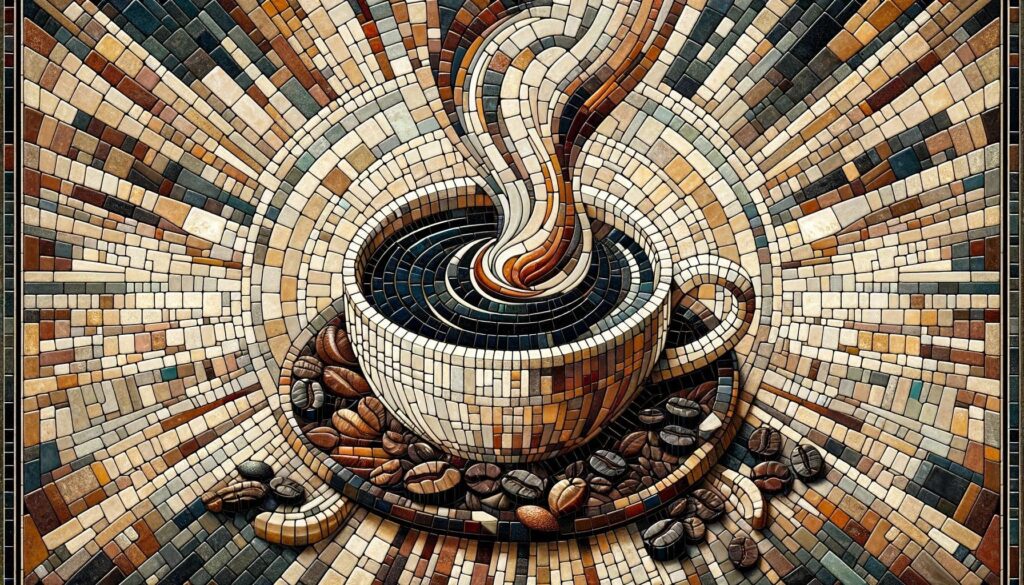
The transformation of green coffee beans into the bold and intense extra dark roast is a fascinating journey. This process is not just about applying heat; it’s a careful manipulation of time and temperature to unlock the beans’ deepest flavors. Let’s explore the steps to achieving an extra dark roast and understand what happens to the beans at each stage.
The Steps to Achieving Extra Dark Roast
- Preheating the Roaster: Before the beans are introduced, the roaster is preheated to a specific temperature, often around 350°F to 400°F (177°C to 204°C). This ensures that the beans start roasting as soon as they hit the drum.
- First Crack: As the beans absorb heat, they expand and lose moisture. When their internal temperature reaches about 385°F (196°C), they undergo a physical reaction known as the “first crack,” making a distinct popping sound. This stage marks the transition into a light roast.
- Development Time: After the first crack, the roaster carefully controls the heat to develop the beans’ flavor. The length of this period affects the acidity, body, and overall flavor profile of the coffee. For extra dark roasts, the development time is extended to deepen the flavors further.
- Second Crack: To achieve an extra dark roast, the beans are roasted beyond the “second crack,” which occurs at temperatures around 435°F to 450°F (224°C to 232°C). This crack is quieter and sounds more like a crackling. It’s the stage where oils start to migrate to the surface of the beans, giving them a shiny appearance.
- Cooling: Once the desired level of darkness is achieved, the beans are quickly cooled to stop the roasting process. This is crucial to prevent over-roasting or burning, which could result in a bitter and ashy flavor.
What Happens to the Beans at Each Stage?
- Preheating Stage: The beans begin to dry out as they’re introduced to the heat, preparing them for the chemical reactions that will develop their flavors.
- First Crack: This is a key milestone in the roasting process. The beans double in size, lose about 5% of their weight, and start to brown as the sugars within caramelize. The flavor begins to develop beyond the grassy, green notes of the unroasted beans.
- Development Time: Here, the beans undergo significant chemical changes. Acids break down, and complex sugars caramelize further, developing the roast’s characteristic flavors. For extra dark roasts, the beans are kept in this phase longer, intensifying these flavors and reducing acidity.
- Second Crack: Entering into the realm of dark roasts, the beans’ cell walls break down more extensively, releasing oils to the surface. This stage significantly impacts the flavor, producing the smoky, bitter notes typical of extra dark roasts. The beans lose more moisture and become even denser.
- Cooling: Rapid cooling preserves the desired roast level and flavor profile. If not cooled quickly, the residual heat could continue to roast the beans, pushing them past the intended roast level and potentially burning them.
Understanding the roasting process and what happens at each stage allows us to appreciate the complexity and skill involved in creating extra dark roast coffee. This deep, intense roast level is not just about a darker color but about unlocking a bold flavor profile that stands out in the vast world of coffee.
Flavor Profile of Extra Dark Roast Coffee

Extra dark roast coffee, with its bold and intense character, is a favorite among coffee enthusiasts who crave depth and richness in their cup. This roast level offers a unique flavor profile that distinguishes it from lighter roasts, providing a coffee experience that’s both robust and complex. Let’s delve into the tasting notes of extra dark roast coffee and explore why it holds a special place in the hearts of many coffee lovers.
Tasting Notes: What to Expect
When sipping on a cup of extra dark roast coffee, you’re greeted with a palette of deep, robust flavors. Here’s what to expect:
- Boldness: The most striking feature of extra dark roast coffee is its boldness. The flavors are pronounced and powerful, often described as “strong” by those who prefer this roast level.
- Bitterness: A noticeable bitterness is a characteristic of extra dark roasts, stemming from the extended roasting process. However, this bitterness is not harsh; it’s balanced and can be quite pleasant, adding to the coffee’s depth.
- Smoky and Toasty Notes: The longer roasting time allows for a smoky flavor to develop, reminiscent of a campfire or toasted bread. This smokiness is a hallmark of extra dark roast and contributes to its unique taste profile.
- Low Acidity: Compared to lighter roasts, extra dark roast coffee has significantly reduced acidity. This results in a smoother cup that’s gentle on the stomach, making it a preferred choice for those sensitive to acidic foods and beverages.
- Chocolate and Caramel: While the original flavors of the bean are more muted, extra dark roast coffee often features rich notes of dark chocolate and caramel. These flavors come from the caramelization of sugars during the roasting process.
- Full Body: Extra dark roast coffee has a full, creamy body, providing a substantial mouthfeel. This velvety texture adds to the overall sensory experience of drinking the coffee.
Why Some People Love It
The appeal of extra dark roast coffee lies in its intense flavor and rich, full-bodied experience. Here are some reasons why it’s a favorite among many:
- Strong Flavor: For those who enjoy a robust cup of coffee, extra dark roast delivers an unmatched intensity that’s both satisfying and energizing.
- Comforting Warmth: The smoky and toasty notes, combined with the coffee’s full body, offer a comforting warmth that’s perfect for starting the day or warming up on a cold evening.
- Smoothness: The reduced acidity of extra dark roast makes for a smoother cup that’s easy to enjoy, especially for those who might find lighter roasts too sharp or tangy.
- Versatility in Brewing: Extra dark roast coffee is versatile and performs well across various brewing methods, from espresso to French press, making it a great choice for different coffee preferences.
- Culinary Pairings: The strong flavor profile of extra dark roast coffee makes it an excellent companion to sweet desserts and rich foods, where its boldness can complement and enhance the overall dining experience.
Extra dark roast coffee offers a distinct and memorable coffee experience, marked by its boldness, richness, and complexity. Whether enjoyed on its own or as part of a culinary pairing, it’s a roast level that invites coffee lovers to explore the deeper, more intense side of their favorite beverage.
How to Brew the Perfect Cup of Extra Dark Roast
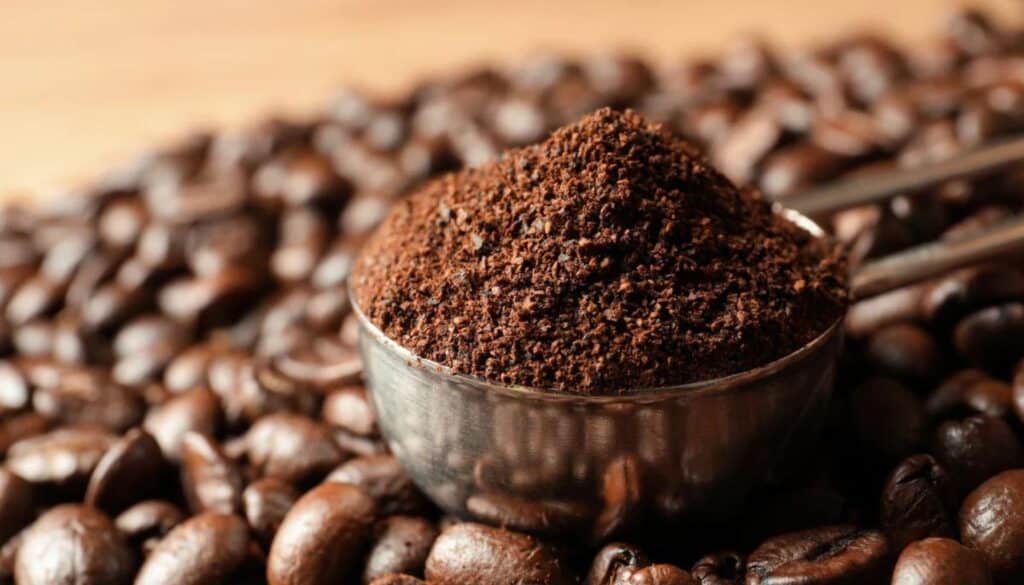
Brewing the perfect cup of extra dark roast coffee is both an art and a science. The intensity and bold flavors of this roast level can be maximized with the right brewing method and a few key techniques. Let’s explore the recommended methods for brewing extra dark roast coffee and share some tips to enhance its rich, bold flavors.
Recommended Brewing Methods
- French Press: The French Press is ideal for extra dark roast coffee because it allows the oils and fine particles from the coffee to remain in the final cup, enhancing the coffee’s full body and rich flavor. Use coarse grounds and let them steep for about 4 minutes before pressing for a strong, robust cup.
- Espresso: Extra dark roast is often favored for espresso due to its bold flavor and creamy body. The high pressure of an espresso machine extracts the coffee’s intense flavors and aromatic oils, resulting in a rich, concentrated shot. For espresso, use a fine grind and aim for a 25-30 second extraction.
- Pour Over: While not as common for extra dark roasts, the pour-over method can still produce a delicious cup with more clarity than immersion methods. Use a slightly coarser grind than for espresso, and pour the water slowly to ensure even extraction. This method highlights the smoky and toasty notes of the roast.
- Aeropress: The Aeropress is versatile and can make a strong, espresso-like coffee or a more diluted, Americano-style cup. It’s great for extra dark roast because it extracts rich flavors quickly, minimizing bitterness. Use a fine to medium grind and adjust the brewing time to taste, usually around 1 to 2 minutes.
Tips for Enhancing Flavor
- Water Quality: Use filtered water to ensure no unwanted flavors interfere with the coffee’s bold profile. The right water can make a significant difference in the cup’s overall taste.
- Proper Ratios: Start with a standard ratio of 1:16 (coffee to water) and adjust according to taste. For extra dark roasts, a slightly stronger ratio, like 1:15, can enhance the bold flavors without adding bitterness.
- Grind Fresh: Coffee begins to lose its flavor soon after grinding. For the best taste, grind your beans just before brewing. This ensures the freshest, most flavorful cup.
- Temperature Control: Brew with water just off the boil, around 195°F to 205°F (90°C to 96°C). Too hot, and you risk over-extraction and bitterness; too cool, and the coffee may be under-extracted, missing out on its full flavor potential.
- Experiment with Brewing Time: Adjust the brewing time to find the perfect balance for your taste. Longer brew times extract more flavors but can lead to bitterness, so start with recommended times and adjust as needed.
- Clean Equipment: Regularly clean your brewing equipment to prevent old coffee oils from tainting the flavors of your fresh brew. This is especially important for extra dark roasts, where the oils are more pronounced.
Brewing the perfect cup of extra dark roast coffee is about balancing the bold flavors with the brewing technique that best suits your taste preferences. By following these methods and tips, you can enhance the rich, smoky notes and full body that make extra dark roast a truly special coffee experience. Whether you’re starting your day or needing an afternoon pick-me-up, a well-brewed cup of extra dark roast coffee is sure to satisfy.
Pairing with Extra Dark Roast
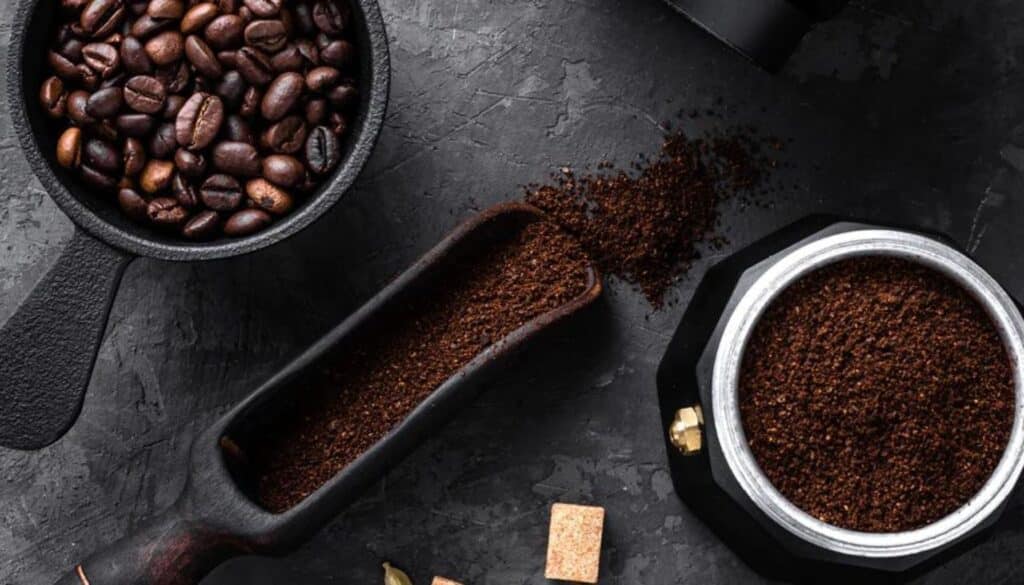
Extra dark roast coffee, with its bold and intense flavors, pairs wonderfully with a variety of foods. The key to creating the perfect coffee experience is to complement its richness without overwhelming the palate. Here are some foods that harmonize beautifully with the deep, smoky notes of extra dark roast coffee, along with tips for crafting the ultimate coffee moment.
Foods that Complement Its Bold Flavors
- Chocolate Desserts: The rich, bitter notes of dark chocolate align perfectly with the boldness of extra dark roast coffee. Try pairing with a dark chocolate cake, brownies, or truffles for a decadent treat.
- Nutty Pastries: Pastries or desserts with nuts, such as almond croissants or pecan pie, offer a delightful texture and flavor contrast. The nuttiness complements the smoky notes in the coffee, creating a harmonious taste experience.
- Cheese: Surprisingly, certain cheeses pair well with extra dark roast coffee. Opt for aged cheeses like Gouda or Cheddar, which have a deep flavor that can stand up to the coffee’s intensity.
- Hearty Breakfasts: A full-bodied extra dark roast is a great match for hearty breakfast dishes. Think eggs Benedict, savory omelets, or even a classic bacon and eggs breakfast. The coffee’s robustness cuts through the richness of these dishes beautifully.
- Grilled Meats: For a savory pairing, try extra dark roast coffee with grilled meats. The smoky flavors from the grill mirror those in the coffee, enhancing the overall dining experience.
- Spicy Foods: The boldness of extra dark roast can also complement spicy dishes. The coffee’s strong flavors can stand up to the heat and complexity of spicy food, making for an exciting and balanced pairing.
Creating the Perfect Coffee Experience
- Consider the Time of Day: Pairings can vary depending on the time of day. Morning pairings might lean towards breakfast foods, while evening pairings could be more dessert-focused.
- Balance Flavors: Aim for a balance where neither the coffee nor the food overwhelms the other. Consider the intensity and flavor profiles to create a harmonious experience.
- Experiment with Temperature: While hot coffee is traditional, don’t be afraid to pair cold brew or iced extra dark roast coffee with suitable dishes, especially in warmer weather.
- Mind the Sweetness: If pairing with sweet desserts, be mindful of the coffee’s bitterness. A slightly sweeter dessert can complement the coffee’s bold flavors without being overpowering.
- Serve in Suitable Glassware: Enhance the coffee experience by serving your extra dark roast in glassware that allows its aroma and flavor to shine, such as a wide-mouthed mug for hot coffee or a tall glass for cold brews.
Creating the perfect coffee experience with extra dark roast involves exploring and experimenting with different pairings. By considering the bold flavors of the coffee and how they can complement or contrast with various foods, you can craft memorable and enjoyable coffee moments. Whether enjoying a quiet morning, a break in your day, or a dessert after dinner, the right pairing can turn a simple cup of coffee into a gourmet experience.
Conclusion
Extra dark roast coffee grabs the spotlight in the coffee world with its bold, intense flavors and rich, full-bodied taste. This coffee demands your attention, offering depth and complexity that turn drinking coffee into an amazing sensory journey. It brings out smoky and toasty notes, a creamy texture, and less acidity, showcasing the art and science of coffee roasting. It stretches the limits of flavor to deliver the richness and boldness many coffee lovers chase.
Recap of What Makes Extra Dark Roast Unique
- Bold Flavor Profile: The extended roasting process imparts a boldness and intensity that’s unparalleled, with pronounced bitterness balanced by rich, smoky, and sometimes chocolatey notes.
- Reduced Acidity: Extra dark roast coffee offers a smoother cup with lower acidity, making it a great choice for those who prefer a gentler coffee.
- Full Body: The dense, creamy body of extra dark roast coffee provides a substantial mouthfeel, enhancing the overall drinking experience.
- Versatility in Pairing: Its robust flavor profile makes extra dark roast an excellent companion to a wide range of foods, from sweet desserts to hearty breakfasts and spicy dishes.
Dive in and Discover Your Favorite
The coffee world is big and full of variety, with extra dark roast coffee marking its own special territory. Whether you’ve always loved the bold flavors of extra dark roast or you’re just starting to explore, there’s always something new to find. Each cup is a chance to dive into the depth and richness this level of roast has to offer. Try different ways to brew it, mix it with various foods, and find what tastes best to you.
Coffee is a personal adventure, and exploring extra dark roast coffee is a journey worth taking for its distinct and captivating flavors. Whether it turns into your daily favorite or a special treat, the intensity and richness of extra dark roast will make a memorable impact.
We invite you to jump into the world of extra dark roast coffee, to experiment, taste, and discover what you like best. A whole range of flavors is out there waiting for you, and your perfect extra dark roast coffee is just waiting to be made. So, start your adventure and let the bold and beautiful world of extra dark roast coffee make your coffee drinking experience even more exciting.

